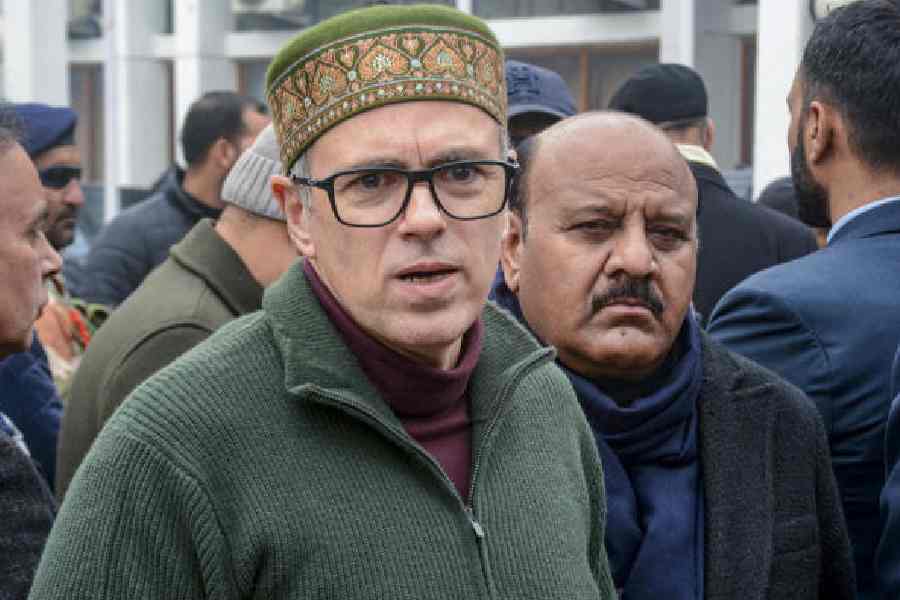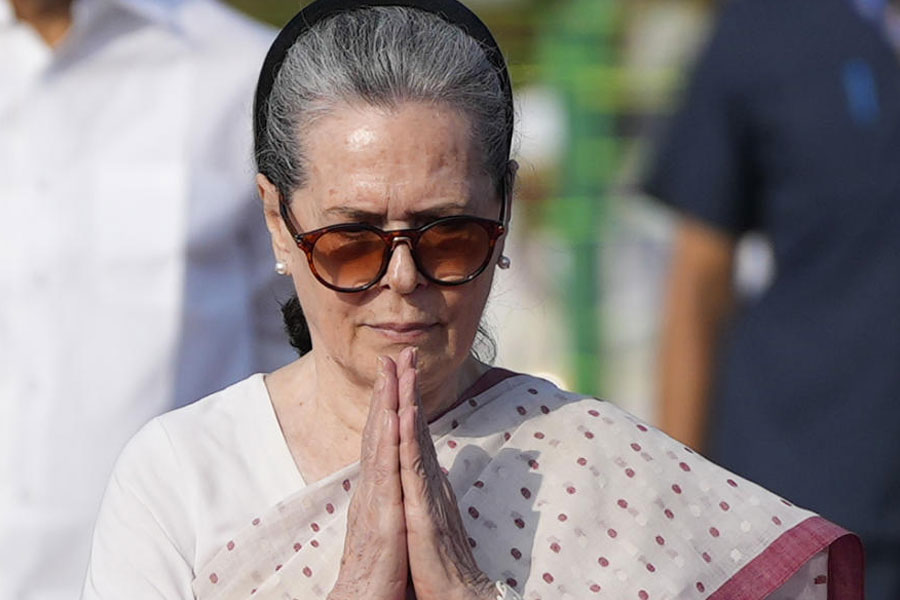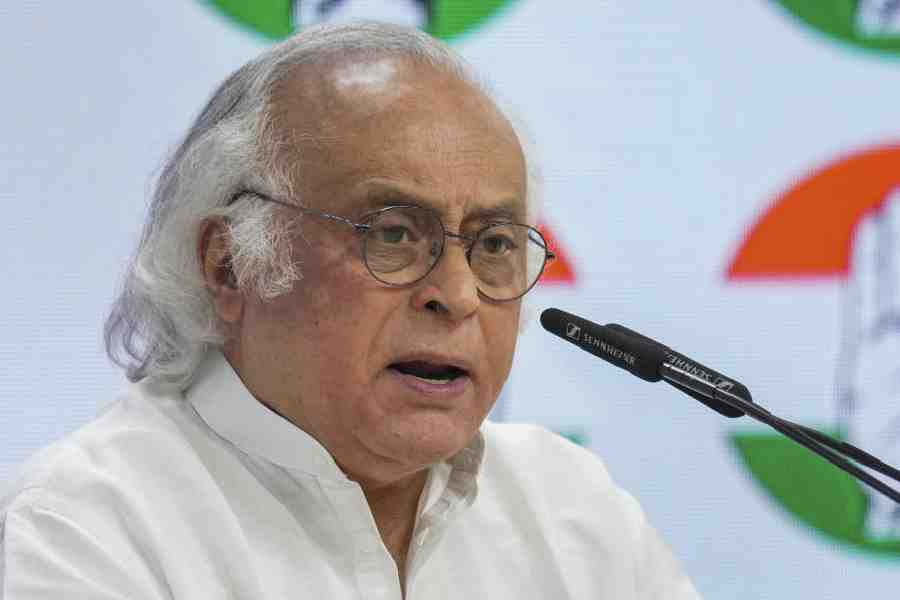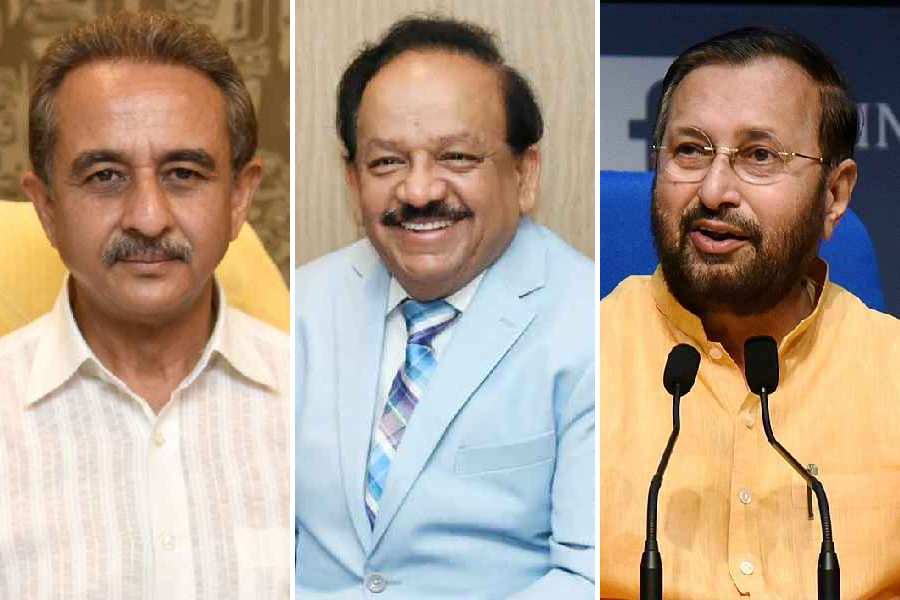Calcutta is a living, breathing entity in Khakee: The Bengal Chapter, but not in the way we have come to know of it on screen. The city — familiar to the world as the hub of culture and creativity, as the land of Tagore and Ray — is imbued with a sinister edge in this new Netflix series, functioning as a hotbed of gang wars, organ trafficking, kidnapping, murder and of the consistently tenuous equation between cops and criminals.
So, a machher bajar, where the act of buying fish has almost been romanticised into a form of art by the Bengali gastronome (honestly, is there any other kind?) sees a policeman being hacked in broad daylight by a bnoti; at the parar cha-er dokan, adda is definitely a mainstay but so is the brokering of hit jobs. A significant character’s body is stacked against the gate of the Victoria Memorial, forming a dichotomous (I refrain from saying ‘striking’) bloody red foreground against the pristine white facade of the city’s iconic landmark. Guns are traded at New Market. The streets are seedy, the changing positions of the players often finds the underbelly indistinguishable from the rest of the city. Calcutta carries the burden of many bodies, its streets tinged with blood.
City spots like the bustling Mullick Ghat flower market, the towering Howrah Bridge, the busy Shyambazar crossing, the sprawling Maidan et al look familiar but feel different. At one point, football — as much an identity of the city as fish is— is played by a group of para boys... but with a decapitated head. After all, the promise that Khakee 2 comes with is ‘Ek aur rang bhi dekhiye Bangal ka’. It delivers, on most counts.
The city is so firmly entrenched in the fabric of the second outing of the Khakee franchise that a key character, at one point, sums up the emotion called Calcutta, albeit in gangster parlance, as: “Kolkata hamari item hain. Bahut mushkil se pataaya hain. Thodi naaraaz hain toh uska matlab nahin breakup karle.”
This is the early 2000s where lawlessness in Bengal is shown to be at its peak. The opening episode is called ‘City of Joy’; by the time we arrive at the fifth, we are greeted with ‘City of Bhoy’.
Though projected as a work of fiction, anyone familiar with the political history of the state at even a superficial level will be able to identify important strands of the plot as well as many of the principal players as having been drawn from real life. But Khakee: The Bengal Chapter doesn’t delve beyond that, content at remaining a piece of entertainment.
Neeraj Pandey, along with directors Debatma Mandal and Tushar Kanti Ray, fashion a world where gangsters and guardians of governance work hand in glove — the underworld has a free run and does all that is needed to keep the government in power; in turn, it is protected by the ruling party, the National Ganashakti Sangathan.
The wheeler-dealer of the party — and in many ways the ringmaster of Khakee: The Bengal Chapter — is the “very powerful, practically untouchable” Barun Roy (Prosenjit Chatterjee), a shrewd politician disguised as a philanthropist whose nexus with the gangster Bagha (the always dependable Saswata Chatterjee) spurs the constant state of anarchy in the city. Bagha’s loyal lieutenants include Sagor Talukdar (Ritwik Bhowmik) and Ranjit Thakur (Aadil Zafar Khan). The trigger-happy duo is as different as chalk is from cheese — Sagor is calm and reliable in any circumstance, while Ranjit, looking like Sanjay Dutt of the ’90s walked into Howrah, is defined by his mercurial nature. But they are thick friends, with an episode named ‘Jay-Veeru’ dedicated to them. Sagor and Ranjit are ‘Da-Bhai’ and ‘Bhaiti’ for each other. Till a day arrives when they are not.
At the opposite end of the spectrum, and a ringmaster like Barun, but in his own way, is super cop Arjun Maitra (Jeet). Brought in to clean up the city, Arjun is a one-man army, one who uses his shrewds as expertly as he wields a lathi to ward off a mob single-handledly. Aided by a posse of juniors, chief among them being Aratrika (Akanksha Singh) and Himel (Mimoh Chakraborty, with Mithun’s son doing justice to his part), Arjun takes on the might of Barun, Bagha and the rest, even as leader of the opposition Nibedita Basak (Chitrangda Singh) holds dharnas and demonstrations demanding answers from the state’s chief minister (Subhashish Mukherjee balances humour and seriousness with subtle ease), who anyway operates under Barun’s thumb.
With the genre being as old as cinema itself, Khakee: The Bengal Chapter employs every stereotypical trope in the book. What powers it through is its setting, the semi-impactful twists and turns that Pandey’s thrillers are known for and, of course, the performances from what is a winner of a cast.
Authenticity is the bedrock of the series. Calcutta’s club culture, the specificity of its architecture, the strains of Chirodini tumi je amaar, a Tapas Paul film on TV, mentions of khashir mangsho, luchi and shada alur torkari, nicknames like Lyata, Putul, Tukai, Botol and Lomba lend a tonal freshness to what is otherwise a done-to-death story. The high-octane, paisa-vasool dialogues — “Sher kitna hi buddha ho jaaye, sher hi rehta hain” to “Desh ke har corrupt politician ko jail le jaaye toh desh mein baaki kaidiyon ke liye jagah nahi milegi” — fit in well with the DNA of the series.
What, however, could have been paid attention to is a more seamless transition between the Hindi and Bengali lines, a tricky terrain that Paatal Lok aced recently, but which The Bengal Chapter struggles with. The cuss words are far more impactful in Bangla, something that the makers probably realised early and decided to stick with.
But the fact that every actor — and that includes even the smaller players — gets the memo is what makes The Bengal Chapter watchable. Aadil Zafar Khan slips into the skin of the impetuous Ranjit, a man-child with a gun, and delivers a standout act. Ritwik Bhowmik has the trickier part — a gangster, but with a heart — and the young man who we have loved earlier in Bandish Bandits delivers a faultless performance here too, displaying the range he is capable of as an actor. Reminding us of her firebrand Geeta in her debut film Hazaaron Khwaishein Aisi, Chitrangda does justice to what is otherwise a sketchily-written character.
Which brings us to the two stalwarts at the centre of The Bengal Chapter. In what is a combined career of more than half a century, Prosenjit and Jeet share screen space for the first time together. They make Khakee 2 the show it is. As Arjun Maitra, Jeet’s often unreadable expressions are matched by a constantly ticking brain, and the actor brings a new and fresh edge to the cop prototype in Pandey’s universe. Prosenjit is a delight to watch, with his eyes doing most of the talking. His Barun Roy is smiling, slimy and sinister, with only an actor of his calibre being able to pull off the three, sometimes all at the same moment.
I liked/ didn’t like
Khakee: The Bengal Chapter because... Tell t2@abp.in










